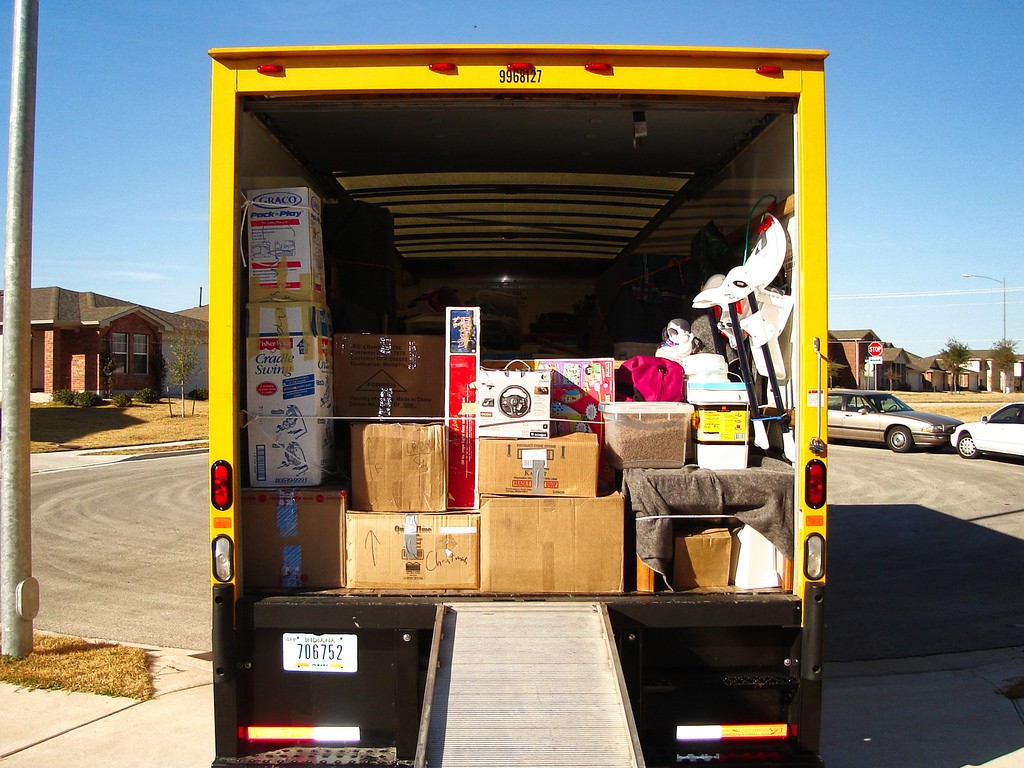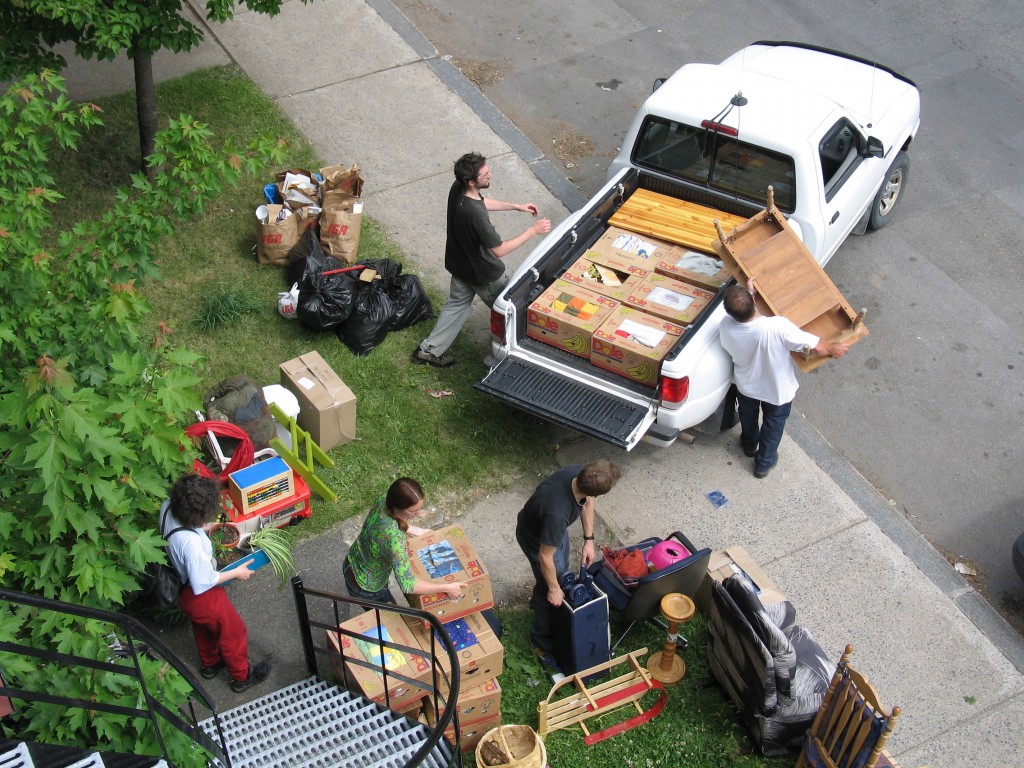
Moving to a new state can be a nerve-wracking experience. No matter whether you or your spouse are being transferred, you’ve found a new job, or you’re just looking for a change of scenery, it is important that you immediately begin taking steps to settle in properly. By following these steps and taking action as you’ve moved, you’ll be able to avoid many of the headaches and potential issues that come with an interstate move, and with any luck, you’ll soon begin to thrive in your new adopted state.

The first and most obvious step is to find a place to live. Still, since most people figure out housing before actually making the move, this list will focus more on the things you’ll need to do post-move. Nonetheless, if you don’t yet have a place to live and are currently staying in a hotel or short-term accommodation, the first thing you’ll want to do is find yourself a more permanent home—no matter whether you’re planning on renting or buying.
As with finding a place to live, finding a job in your new city should also be a major priority. To make things easier, it is recommended that you research the destination and attempt to make contacts before making the move. Once you’re in the new location, you should also be willing to take whatever jobs you can find until you get settled in. Although you may not enjoy the idea of bartending or working in retail, these jobs will still help keep you afloat until you find something better.
If you have children, you’ll obviously want to make sure that you get them signed up for school or childcare. The choice of where you live will affect where your children go to school, so this is an important factor to keep in mind if you haven’t yet found a place to live. Regarding childcare, it’s always a good idea to read reviews and ask around for recommendations to ensure that your kids end up in a safe and productive environment.
Although it’s not a legal requirement, it’s a good idea to inform the US Postal Service about your move. By updating your address with the post office, you’ll ensure that you still receive all of your important mail. As well, you’ll want to contact the post office in your former city to make sure that they forward all of your mail to your new address.
While you don’t have to do it immediately upon moving to a new state, you’ll eventually need to go to the local DMV to get a new driver’s license. As well, you’ll need to update your vehicle registration and get new license plates. As each state has different laws, it’s always a good idea to check with the DMV to determine exactly how your move will impact your license and registration to ensure that you do everything properly.
Insurance laws vary from state to state, and not all insurers offer coverage within all states. This means that you’ll need to check with your health and vehicle insurance companies to see how your move will impact your coverage. In some cases, you may be able to update your policy to simply reflect your new state. Alternatively, it may be necessary for you to cancel your plans and purchase new insurance after you’ve moved.
Moving to a new state should be an exciting experience instead of one that is fraught with difficulties and stress. Still, by following the above checklist, you should help to ensure that your move is as smooth and enjoyable as possible. For other great moving tips, read up on money saving tips for your long distance move.
